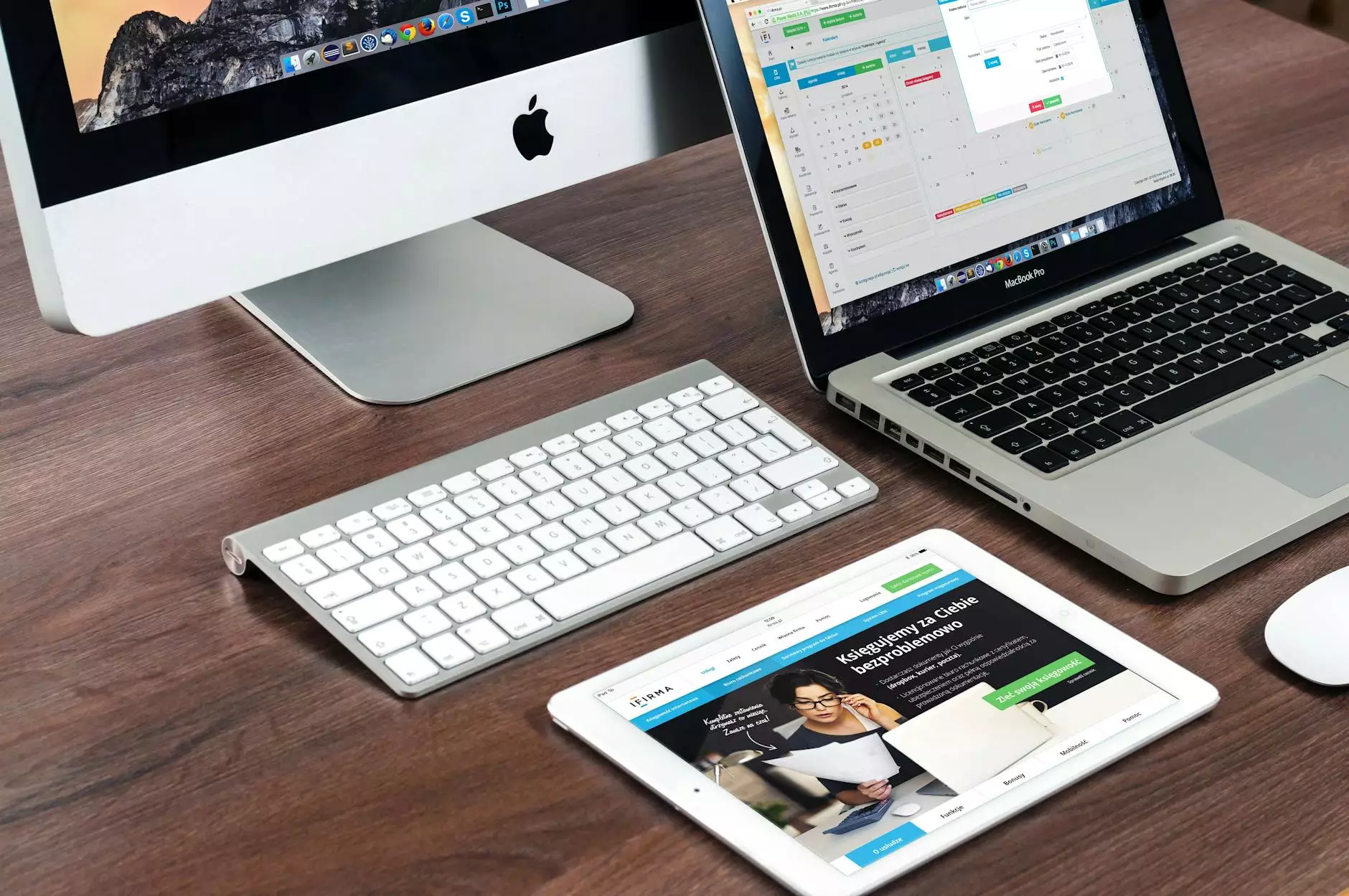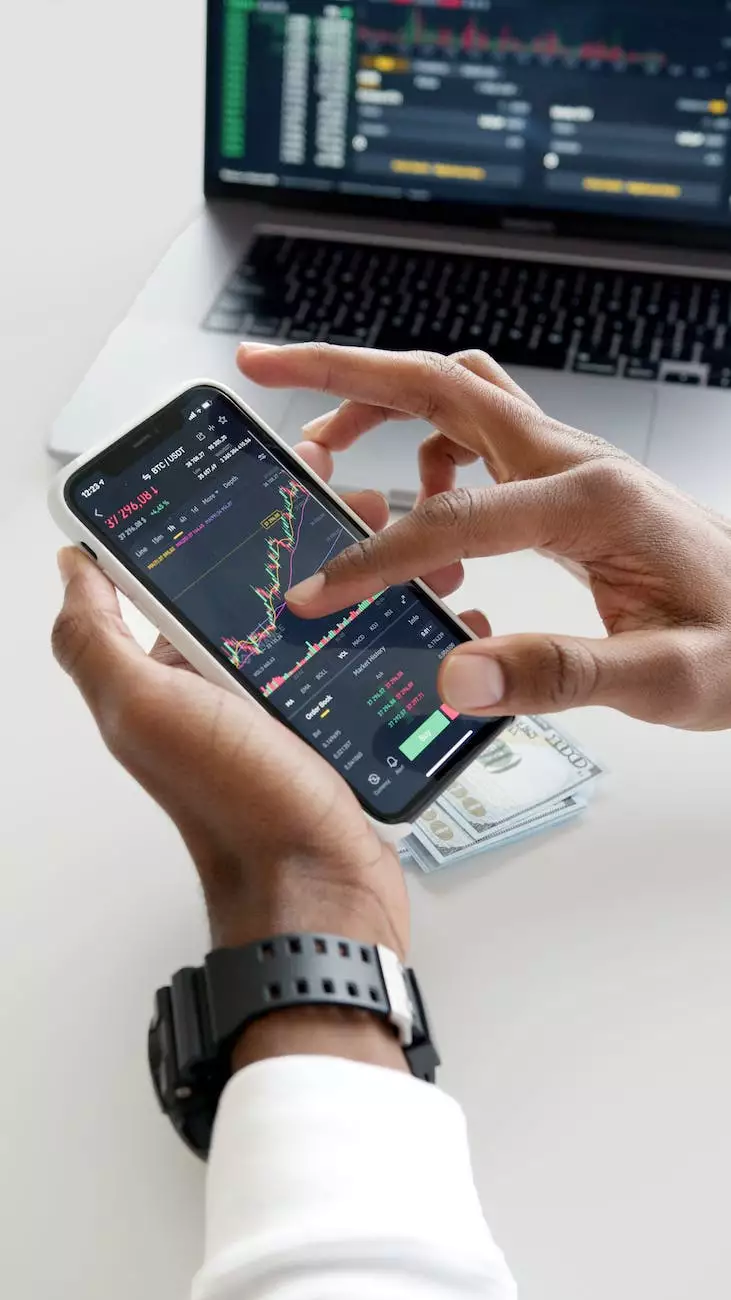UI Best Practices - Designing Buttons that Score Clicks!
Blog
Introduction to Button Design
Effective button design is crucial for driving conversions on your website. As a business owner or a digital marketer, it is important to understand the best practices to maximize the click-through rates of your buttons. At Rossi Marketing, we specialize in UI design, and in this article, we will share valuable insights and techniques for creating buttons that score clicks!
Importance of Button Design for Conversion Rate Optimization
Button design plays a pivotal role in conversion rate optimization (CRO). A well-designed button attracts attention, communicates action, and provides a clear user interface. By following the best practices outlined in this article, you can significantly increase your chances of converting website visitors into valuable customers.
Key Elements of Effective Button Design
Here are the key elements to consider when designing buttons:
1. Color Selection
Selecting the right color for your buttons is crucial. The color should capture attention, align with your brand, and create a sense of urgency. In general, contrasting colors work best to make buttons stand out.
2. Button Size
The size of your buttons should be appropriate to the content and style of your website. Buttons that are too small may go unnoticed, while overly large buttons can appear overwhelming. Finding the right balance is key.
3. Button Placement
Strategic button placement contributes to the overall user experience. Buttons should be positioned in a way that guides users towards the desired action. Placing buttons where users naturally expect them to be increases the likelihood of engagement.
4. Button Text
The text on your buttons should be concise, clear, and compelling. Use action-oriented words that prompt users to take immediate action. Avoid generic phrases and be specific about the action users will be taking.
5. Button Shape
While there is no universally preferred button shape, rounded corners tend to create a more inviting and friendly feel. Experiment with different shapes and see what resonates best with your target audience.
6. Button Style
Button styles can vary depending on your website's overall design. Whether you choose flat, gradient, or 3D buttons, consistency within your design is essential. Ensure your button styles complement the overall aesthetic of your website.
Testing and Optimizing Your Buttons
After implementing the best practices discussed above, it is crucial to continuously test and optimize your buttons. A/B testing can provide valuable insights into what works best for your specific audience. Analyze click-through rates, conversions, and user feedback to refine your button design further.
Conclusion
Buttons are not just static elements on a webpage; they are opportunities to engage with your audience and drive conversions. By following the UI best practices for designing buttons, you can create a seamless user experience and achieve higher click-through rates. At Rossi Marketing, we are experienced in crafting effective button designs that score clicks! Contact us today to leverage our expertise and optimize your conversion rates.










